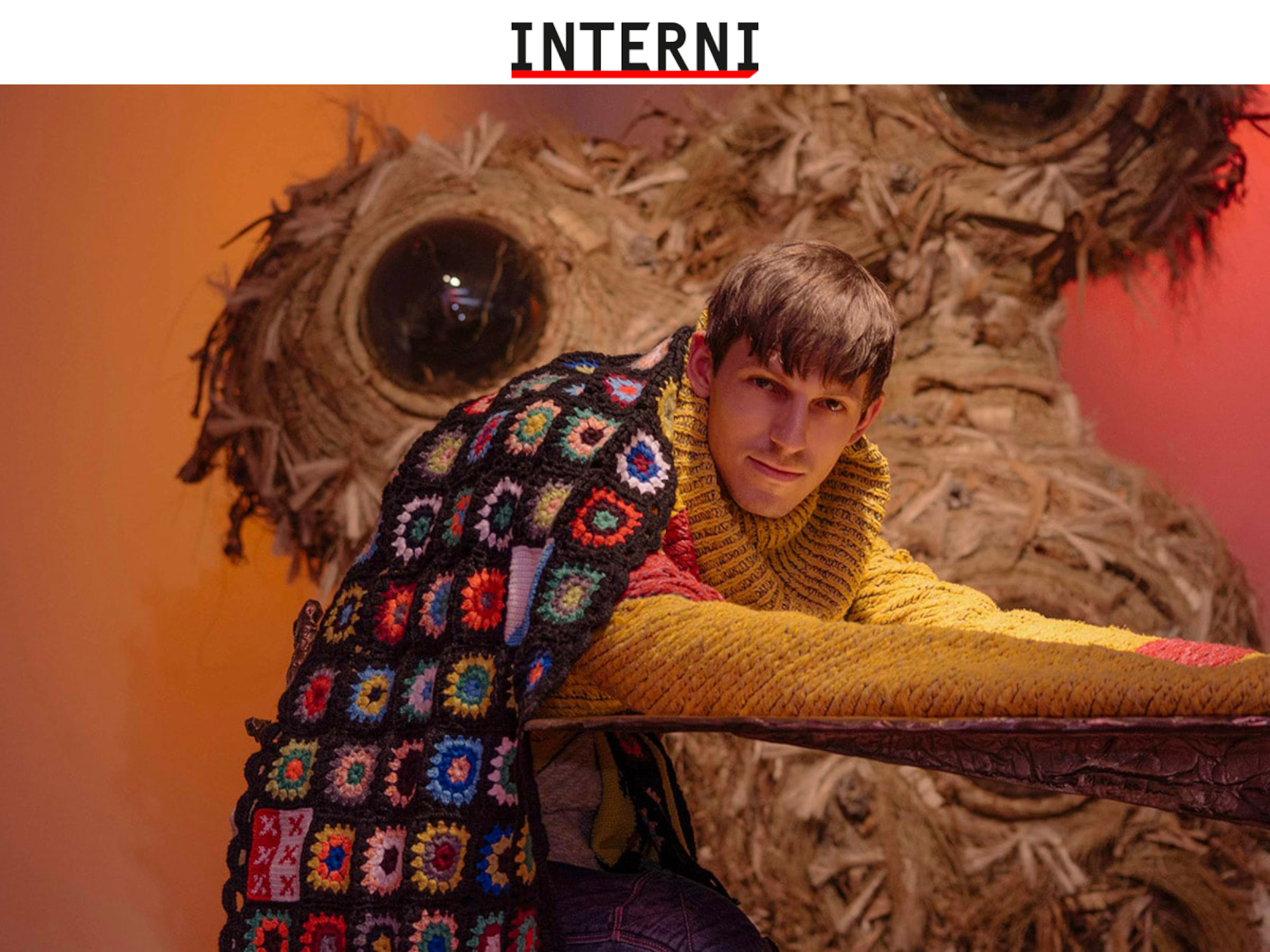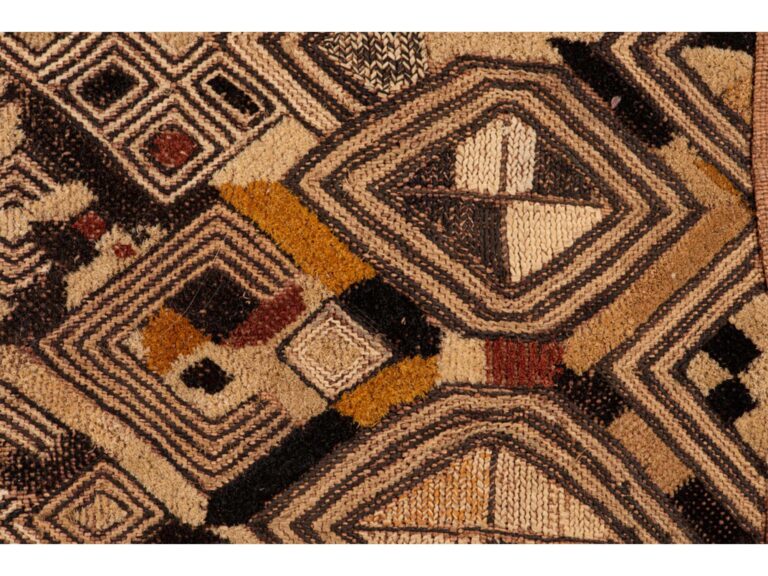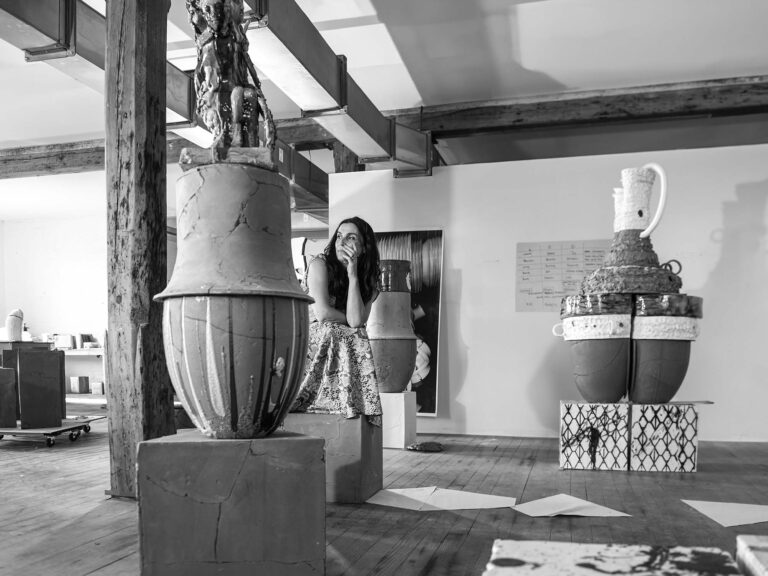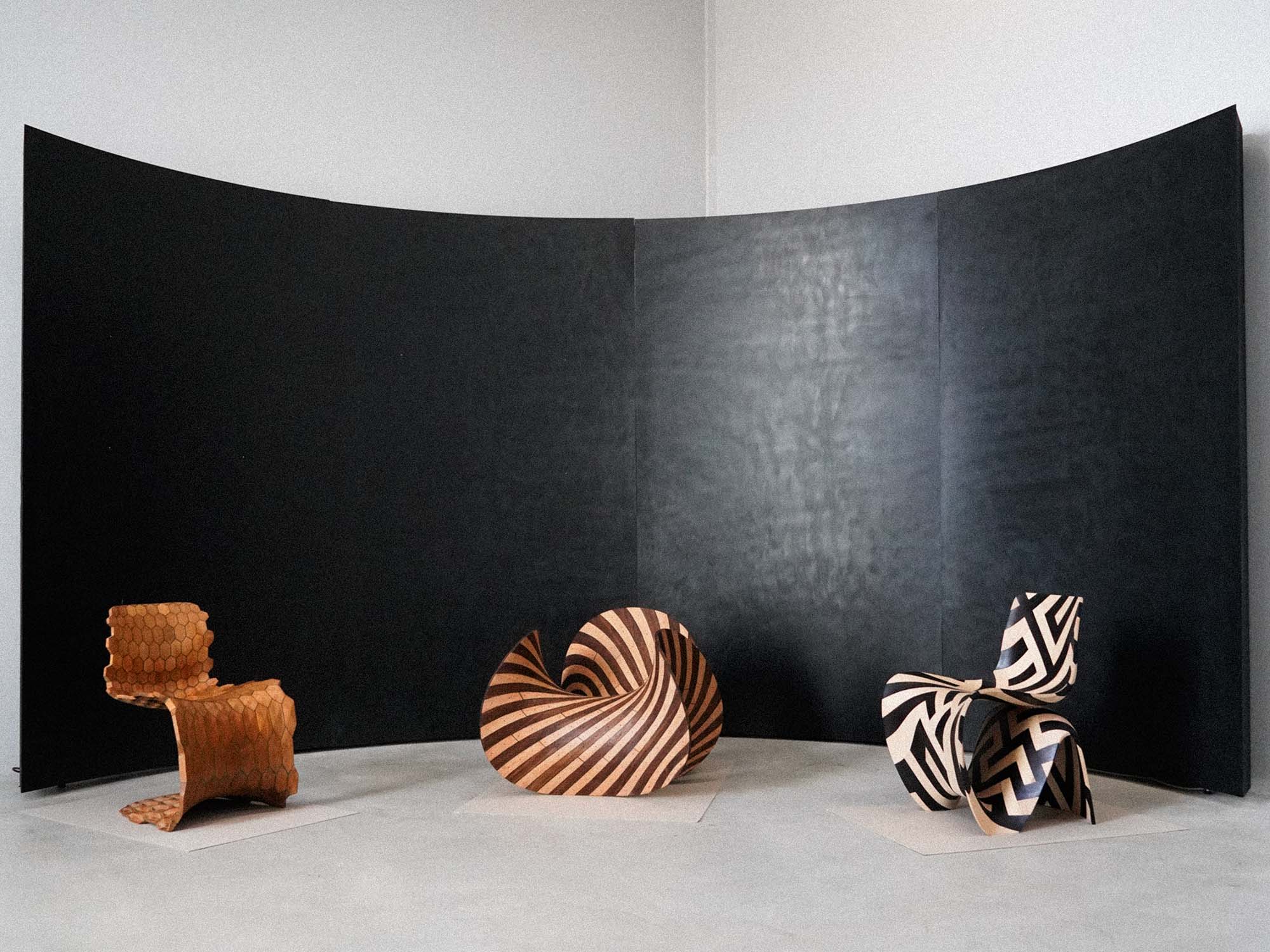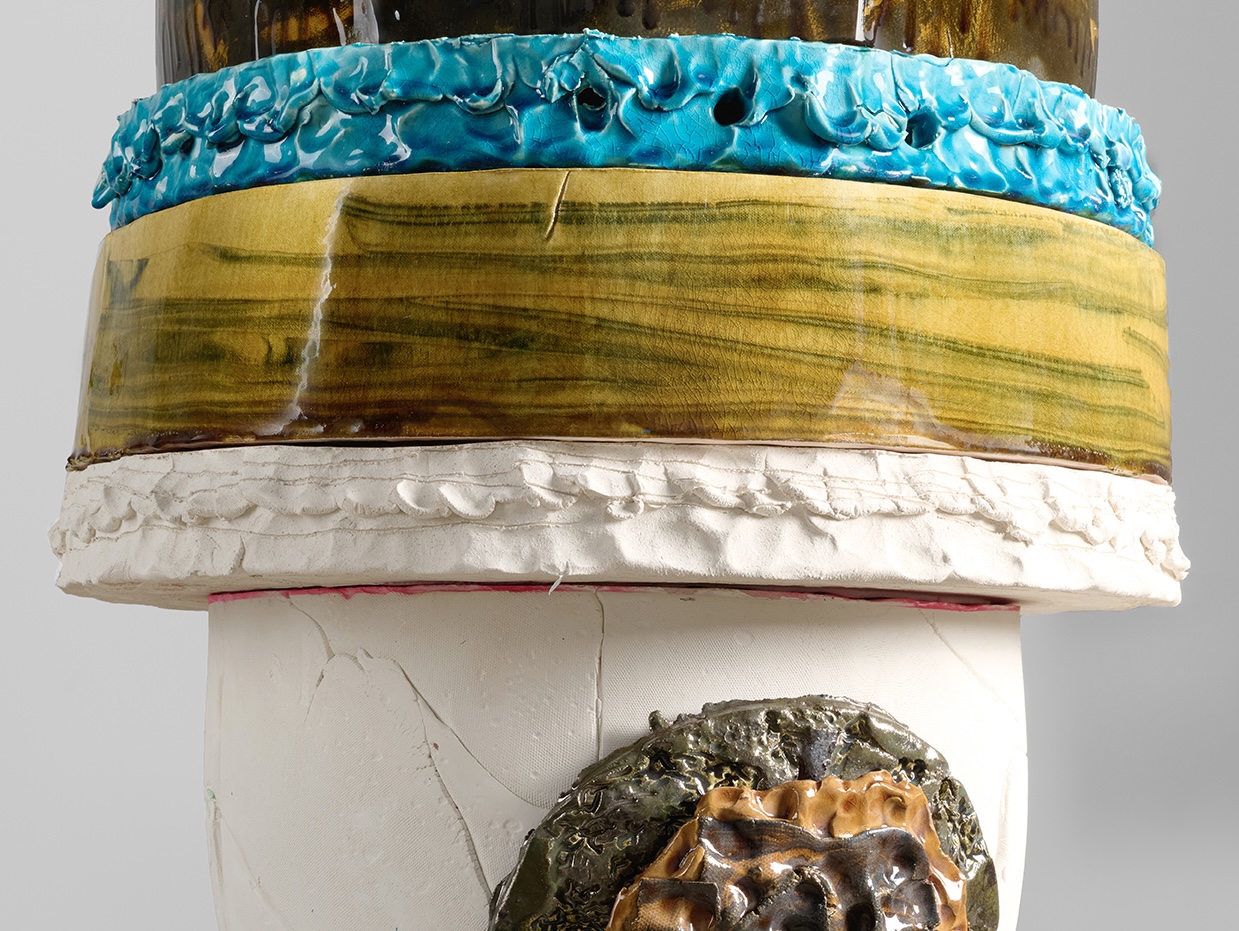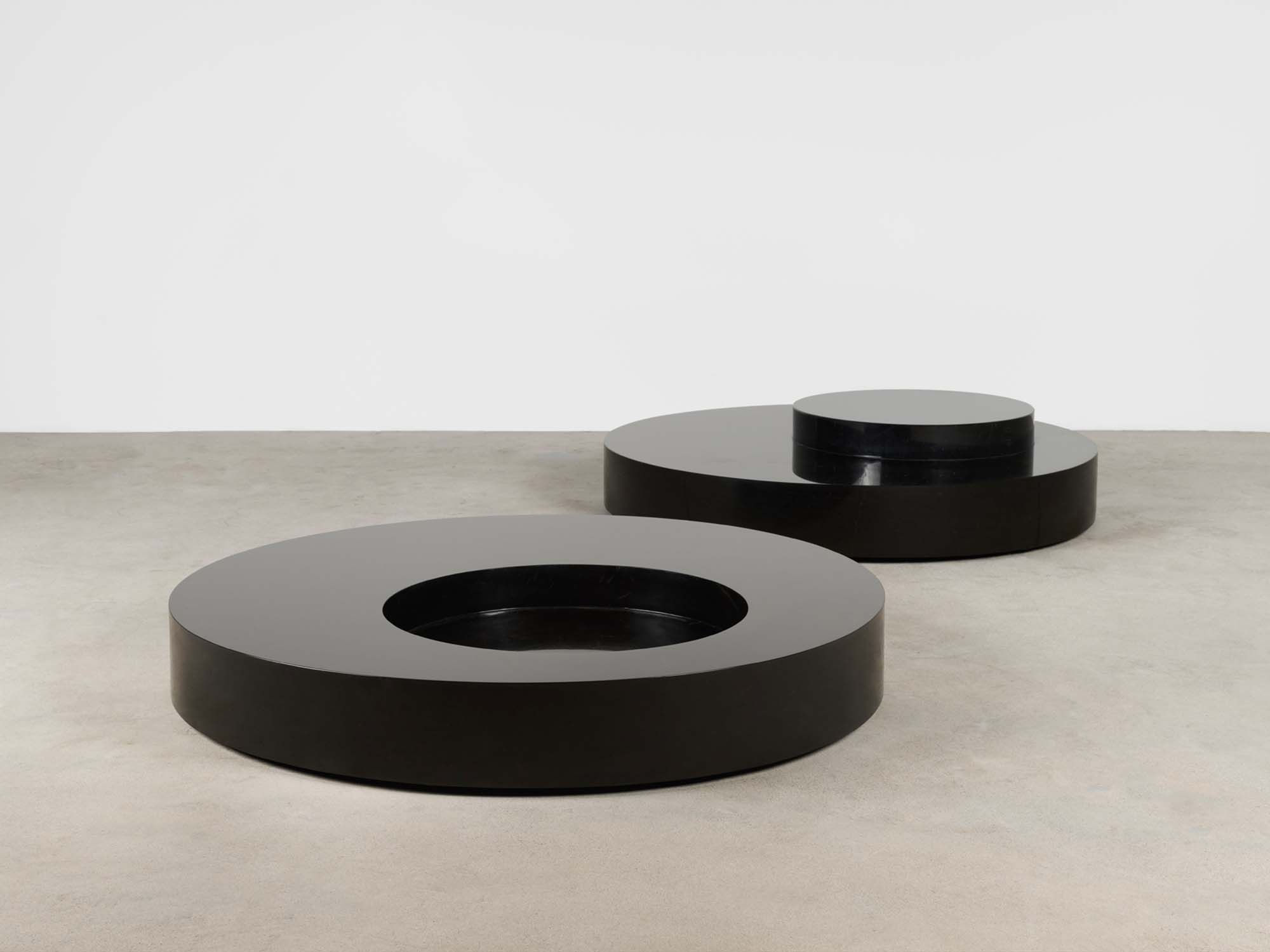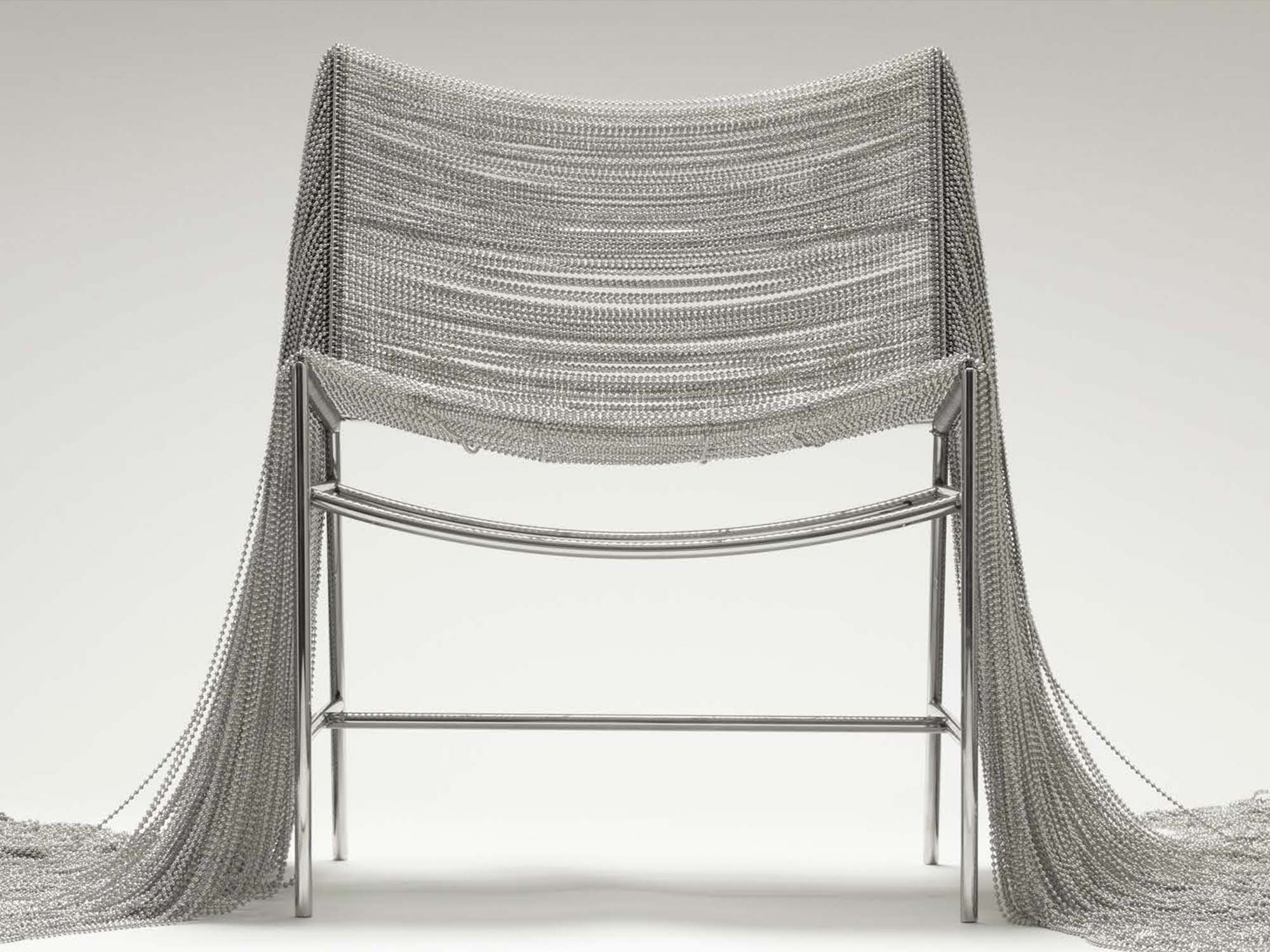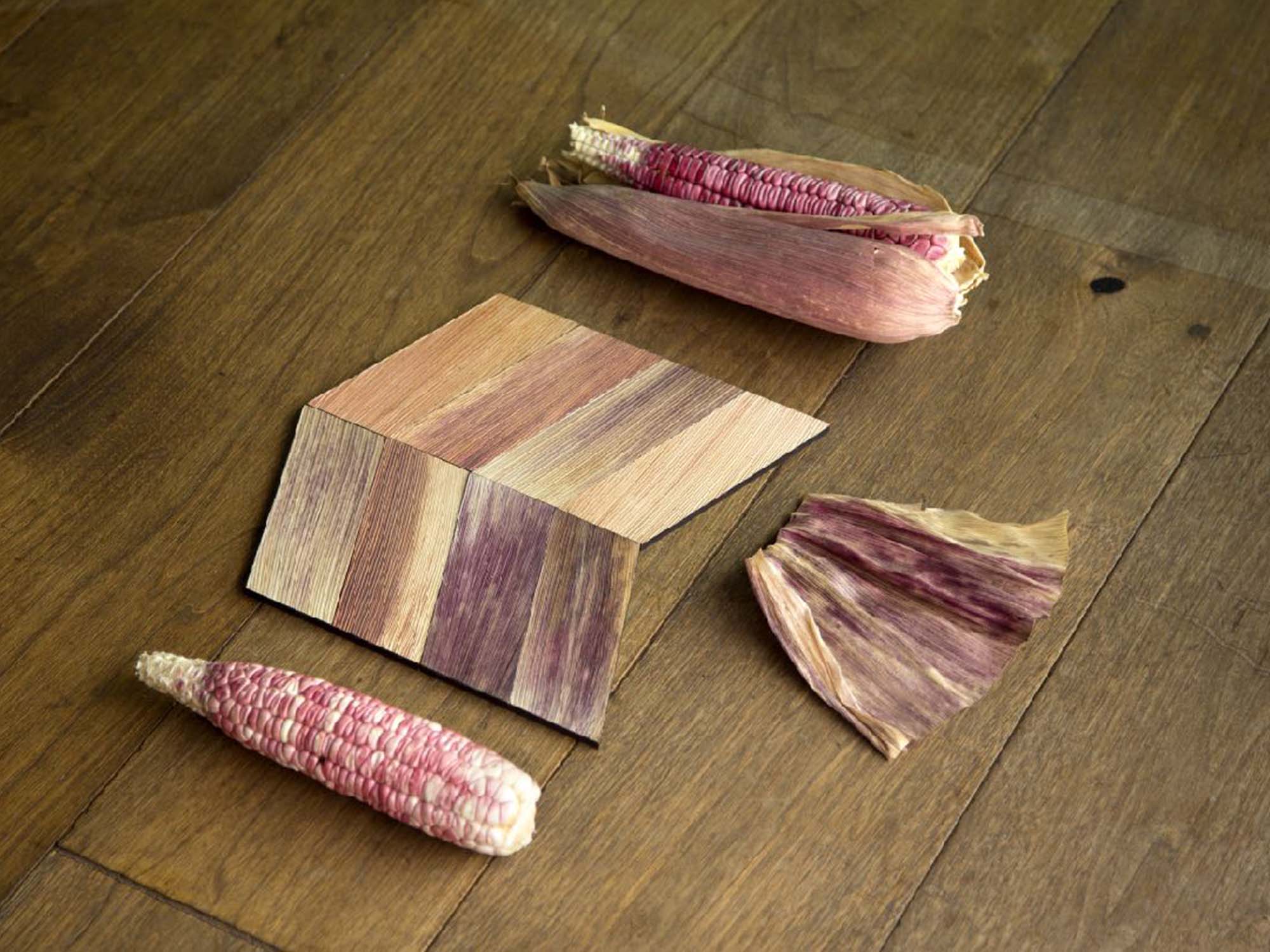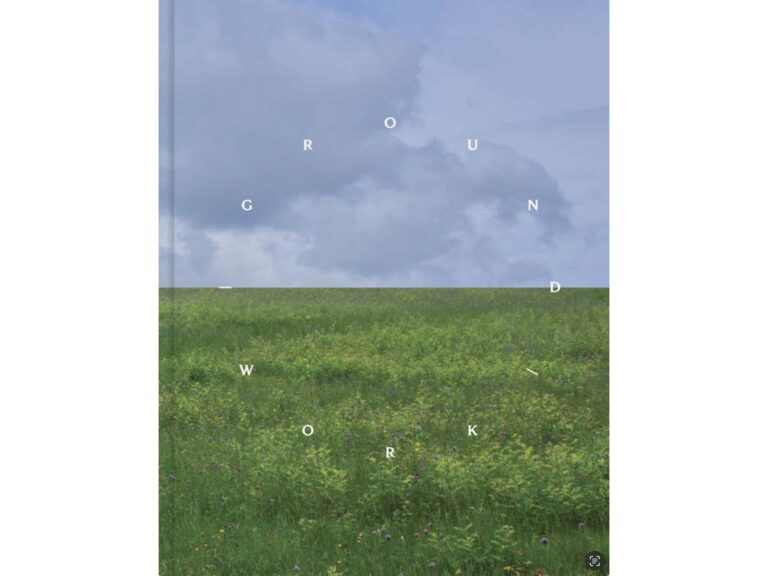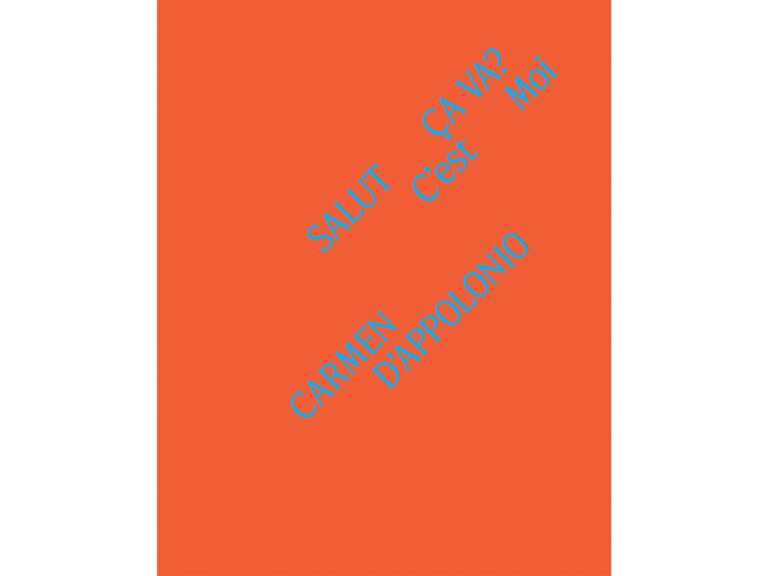The Indigenous roots in the project by Kim Mupangilaï and Misha Kahn, citizens of the world, based in NY
She is Kim Mupangilai, a Belgian-Congolese interior designer, based in New York, where she teaches at the Parsons School of Design. He is Misha Kahn, from Duluth, Minnesota, an art designer and sculptor with a degree from the Rhode Island School of Design in Providence and a studio in the Big Apple. Both draw on the codes of the past, reworking them in a contemporary key: she in the vein of Art Nouveau, which she engages in a dialogue with the memory of African bodies and landscapes; he in that of a certain indigenous culture, which embraces the anesthetizing aesthetics of strip malls. Their research, although formally distant, moves along the same thread of intersectlon: that of a new narrative that, piece by piece, collection after collection, subverts the space-time axes.
The Kasai furniture series from the Hue I Am/ Hue Am J collection, with which Kim made her debut in furniture design last year, revolves around the word hue, in English referring co skin tone. A tribute to her origins and an invitation to find herself: “As an African, growing up in a small European town means I living in constant search of a point of belonging to what is other than you, and with which you do not identify yourself. A yearning so strong that it does not allow you to fully understand who you really are. Beyond your skin.” Hence design as a cathartic rool and establishment of one’s identity.
“The relationship between people and colour is a strange, ambivalent one,” Misha points out. “Personally, I am more attracted to those we cannot see, rather than those of whom Western culture has taught us to be afraid.” The reference is to dark complexions of an indigenous nature, towards which the often contemptuous attitude does not allow us to grasp the value, joy and energy they emanate. The widespread use of soft palettes has a racist flavor: “It is a way of denying the existence of a culture other than us, which we do not want to accept”, and which moreover risks making us humanly colorblind.
Sculpting and carving, melting and welding to challenge conventions and rediscover the first rudiments of craftsmanship in conceptual exploration: looking at what one inherits thinking that it can be transformed into something else, capable of triggering a reflection on the dimension of identity, is an experimental act that bas a lot todo with “mindscapes”, to say it with Vittorio Lingiardi, stateless people, expats, refugees and migrants. “If the term ‘legacy’ refers to what is transmitted over time, even referring to a tradition or a value, the word ‘grafting’ suggests the act of uniting two different entities to create a new one,” explain Barbara Brondi and Marco Raino, the curators of the lN Residence program, now in its fifth edition, who have entrusted the exploration of the Grafted Legacy theme to Kim Mupangilai and Teresa Fernandez-Pell 0.
“From the exuberance of Niki de Saint Phalle to the fluidity of Verner Panton: Misha Kahn’s work creates a short circuit between craftsmanship, technology and material improvisation that draws on a vast and disordered spectrum of influences,” writes Maria Cristina Didero ofhlm. Among the protagonists at Milan Design Week, in addition to the Far Afield collection for Friedman Benda, the an designer presented Abject: Inhabit the Poche (exhibition project co-produced by Svie). “Whether I’m sculpting directly on the computer or building with a wide range of materials, the end result is a new and intriguing visual landscape,” concludes Didero. “Kahn sees creation as an open conversation between him and his materials, and it seems like neither of them gets bored.” Neither do we.
